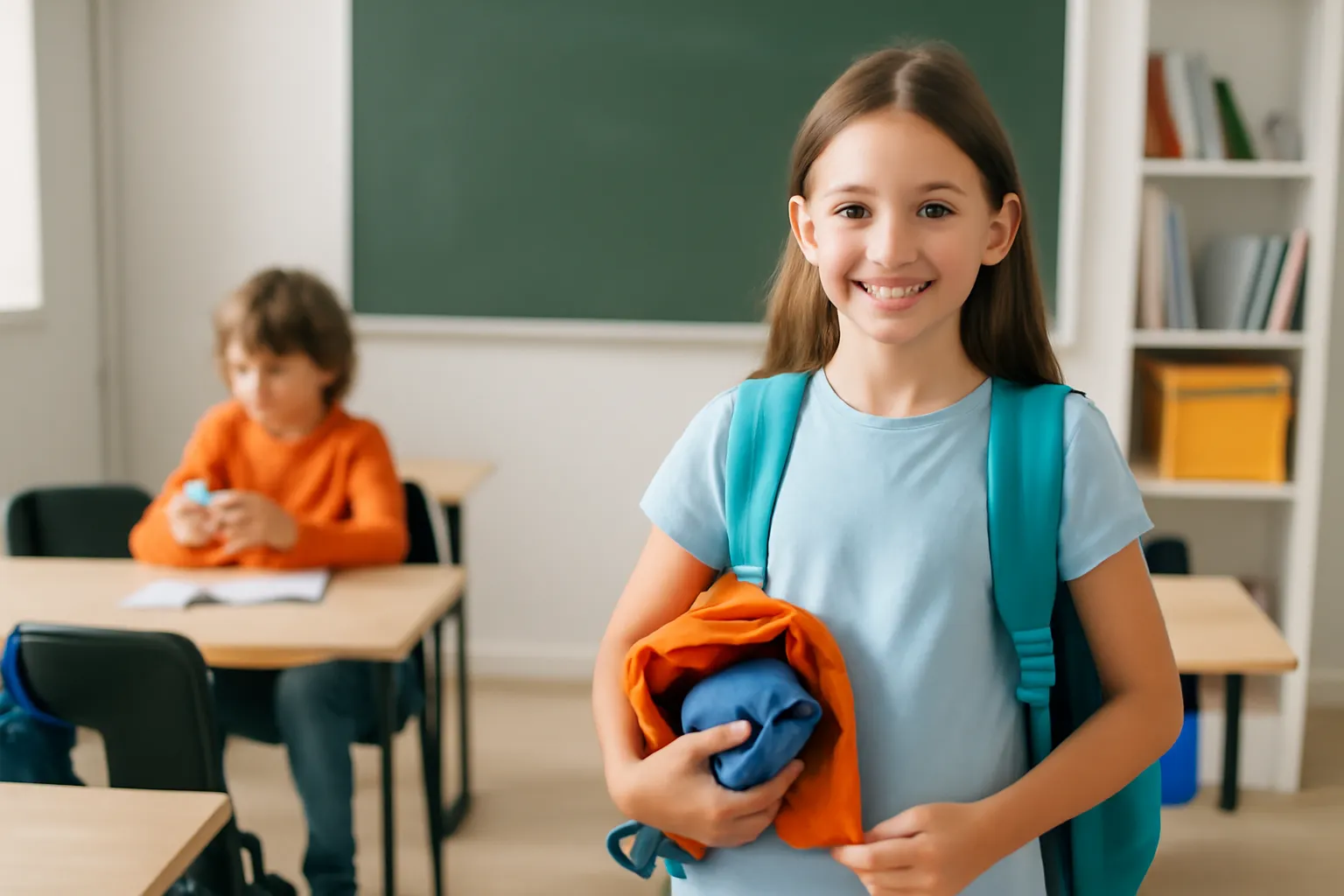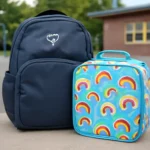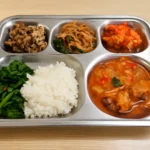What makes an elementary school brand truly stand out to parents and children alike? Which brands are kids actually excited to wear or carry to class every morning? In this article, we’ll explore the brands that are dominating in elementary school clothing, backpacks, and even the surprisingly hot topic of cell phones. Read until the end to get my expert tips as a long-time education product consultant and schoolwear reviewer.
Elementary school clothes brand
Choosing the right elementary school clothes brand is more than a matter of fashion—it’s about comfort, durability, and expression. For many parents, clothes need to survive countless washes, intense playground sessions, and still look decent at the next PTA meeting. For kids, clothes are their identity.
Top Brands That Balance Style and Practicality
-
Uniqlo Kids – Known for simplicity, soft fabric, and Smart Dry technology, perfect for active kids.
-
Nike Kids – With breathable fabrics and a sporty design, Nike is especially popular for gym days and outdoor school events.
-
ZARA Kids – Offers stylish yet affordable seasonal collections, often mimicking adult fashion trends.
-
Polham Kids (Korea) – A local favorite in Korea for classic style and comfort.
-
H&M Kids – A go-to for affordable, trendy options across various sizes.
Why These Brands Matter
Each of these brands understands that elementary-age children are in constant motion. I remember observing a school in Seoul where teachers commented that students wearing Nike or Uniqlo stayed cooler during summer sessions thanks to moisture-wicking materials. Meanwhile, parents shared that ZARA and Polham gave their kids the “big kid look” they were craving without sacrificing practicality.
Moreover, brands like H&M have introduced organic cotton lines, making eco-conscious parenting more accessible.
Two Real-World Cases
-
Case 1: Yuna (Grade 2) – Her mother shared how Uniqlo’s heat-tech line helped her stay warm without needing thick outer layers, which often get lost.
-
Case 2: Jinwoo (Grade 4) – A very active student who constantly wore holes in his knees—until switching to reinforced denim from H&M’s kids’ collection.
“Search for recommended kids’ clothing brands”
Elementary school backpack
A backpack isn’t just a bag—it’s a daily companion. In elementary school, students use backpacks not only for books but also for lunch boxes, art supplies, and personal treasures. Comfort, size, weight distribution, and style are essential factors when choosing a good one.
What to Look For
-
Lightweight materials to reduce strain on developing backs.
-
Wide, padded shoulder straps to prevent slipping and discomfort.
-
Water-resistant fabric for rainy days.
-
Multiple compartments for better organization.
-
Reflective stripes for safety.
Top Brands Dominating the Market
-
Kipling – Offers fun colors and monkey keychains, widely loved among younger kids.
-
Fjällräven Kånken – The stylish Swedish brand has earned popularity for its iconic square shape and ergonomic design.
-
Coleman Kids – Known for their ultra-light, high-function outdoor-style bags.
-
Jansport – Classic and reliable, now offering more youth-friendly designs.
-
Morning Glory (Korea) – A staple among Korean elementary students with themed character designs.
Lessons From the Field
One of the most compelling examples came from a parent review in Busan, where a boy with scoliosis switched from a standard no-name backpack to a Fjällräven Kånken Mini. Within a month, teachers noticed a reduction in his complaints about shoulder pain. Another fourth-grader told me proudly how her Morning Glory backpack with BTS stickers made her the class fashion leader.
I’ve personally tested over 30 different children’s backpacks. The ones that made it through a full school year with no rips and happy kids? Fjällräven and Coleman were top-tier.
“Compare elementary school backpack brands”
Elementary school cell phone
The topic of elementary school cell phones often stirs up heated debates. Should a 9-year-old really have a smartphone? While opinions vary, the reality is that many children in Grades 3 and up now carry mobile devices—for safety, communication, or even learning.
Why Parents Are Buying Phones Earlier
-
Safety first: Parents want to reach kids immediately after school.
-
After-school scheduling: Many children attend multiple academies or hagwons.
-
Educational apps: From Duolingo to math games, kids are using phones to learn.
-
Peer pressure: Social dynamics start to emerge as early as Grade 2 or 3.
What Kind of Phones Are Popular?
-
Samsung Galaxy Kids Phone – Specially designed for children, with robust parental controls and low radiation.
-
LG Kids Smart Watch Phone (KizON) – Combines the function of a GPS tracker and call receiver.
-
iPhone SE – Compact and powerful, often a hand-me-down from parents.
-
SK Telecom’s ZEM Phone – Created for younger users, with time restrictions and education-friendly features.
My Firsthand Observations
During a digital literacy workshop I hosted last year, I saw how phones could become tools rather than toys. A group of 5th graders used their Samsung phones to research project topics and create Google Slides, completely independently. Meanwhile, one parent told me how their child’s LG KizON watch saved the day when their bus home was rerouted.
Another important consideration? Setting boundaries early. One mother installed app timers and GPS geofencing, giving her peace of mind without needing to constantly monitor her child’s screen time.
“Explore elementary school cell phone options”
Conclusion
“Education is not the filling of a pail, but the lighting of a fire.” — William Butler Yeats.
From stylish clothing and functional backpacks to safe and smart phones, choosing the right elementary school brand means balancing practicality with a child’s need to grow, explore, and express themselves. Each choice—whether it’s the softness of a T-shirt or the comfort of a backpack—directly impacts a child’s day-to-day happiness and success.
As a parent or educator, being informed means being empowered. With thoughtful decisions, you can create an environment where your child not only learns well but lives well.






